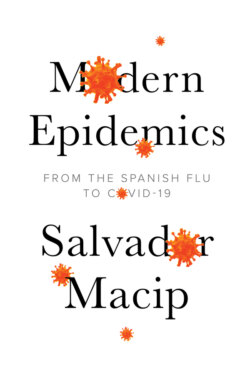Читать книгу Modern Epidemics - Salvador Macip - Страница 16
Nomenclature
ОглавлениеBy convention, microorganisms, like all other living beings, are designated by using a first name (with the first letter capitalized) and a second name, both in Latin. The first is the genus name and the second the species name. The genus name can be abbreviated to the initial alone, and both tend to be italicized. Example: Mycobacterium tuberculosis (or M. tuberculosis) is a species of bacteria of the genus of microbacteria that causes tuberculosis.
In the domain of health, more and more importance is being given to what’s known as the microbiota, or the set of all the microorganisms each person carries inside (and on the surface). It’s believed that, depending on which microbes inhabit this microbiota, we can be more or less prone to certain illnesses or conditions.
One example of this would be that the type of bacteria found in intestines could determine whether we gain weight or not, as was first suggested in a study from 2006. After isolating intestinal bacteria from mice of normal weight and from others that were obese, scientists found that bacteria from the latter contributed towards weight gain in the former, even when they continued with the same diet. Humans have between 500 and 1,000 different species of bacteria in the digestive tract and it might well be that these also have an influence on a person’s susceptibility to gaining weight. More recent studies support this theory. For example, in 2009 it was found that obese women have a high presence in their saliva of bacteria called Selenomonas noxia. By contrast, thin women show a very different set of bacteria.
